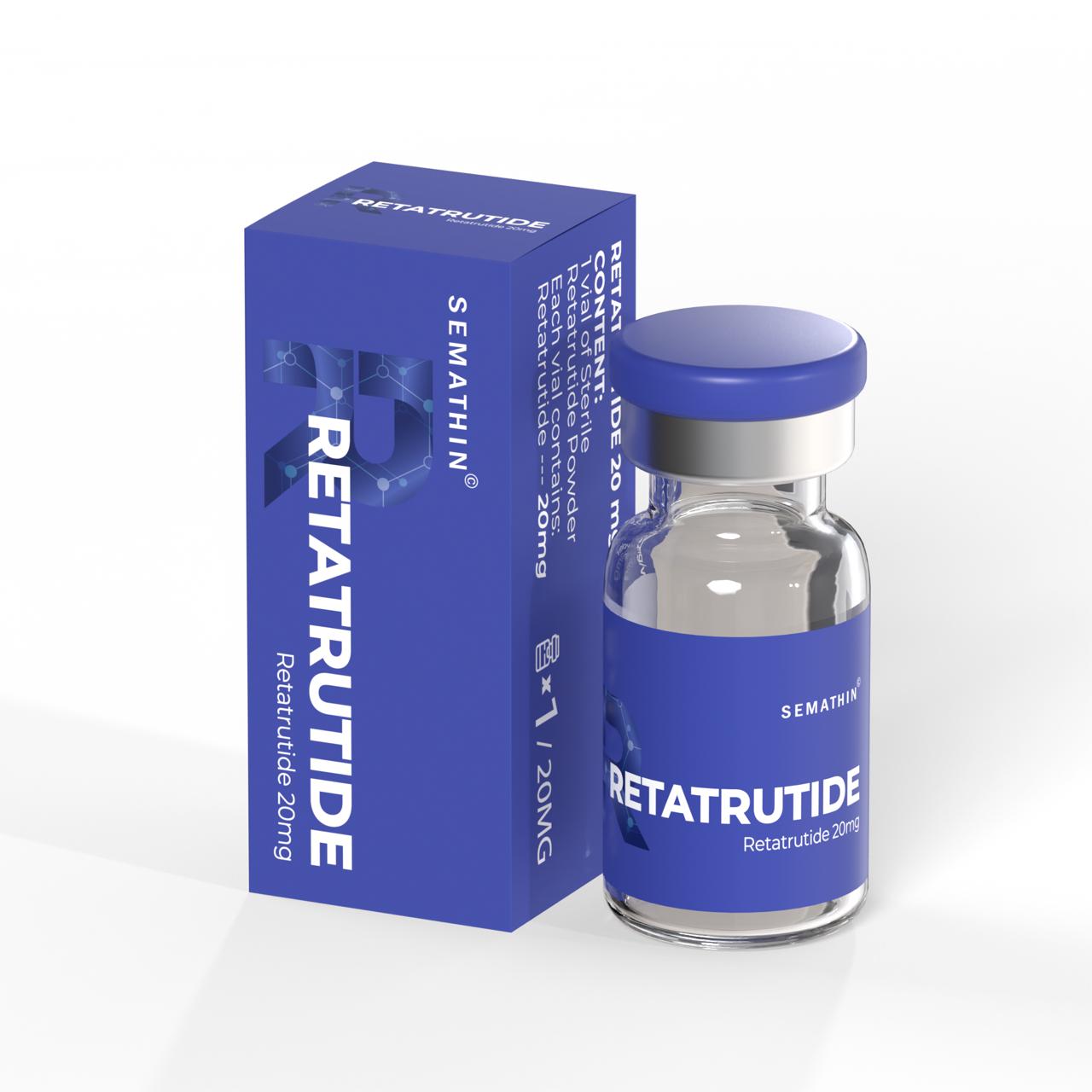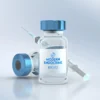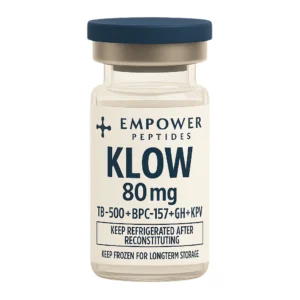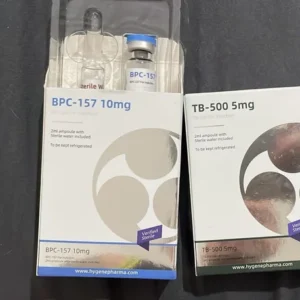Retatrutide
$95.00 – $205.00Price range: $95.00 through $205.00
What Makes Retatrutide Unique?
Retatrutide represents a major breakthrough in weight loss journeys. Unlike earlier treatments like Wegovy or Mounjaro, which focus on one or two hormone receptors, Retatrutide targets three. This makes it a triple agonist, interacting with the following receptors to promote fat burning, blood sugar control, and appetite reduction:
- GLP-1 (Glucagon-like peptide 1)
- GIP (Glucose-dependent insulinotropic polypeptide)
- GCG (Glucagon)
Weekly Injection with Long-Lasting Effects
Administered as a weekly injection, Retatrutide stays active in the body for around six days. This extended half-life ensures long-lasting effects, making it a convenient option for patients who struggle with daily medication.
How Does Retatrutide Work?
Retatrutide works by mimicking the actions of three important hormones such as GLP-1, GIP and GCG. These hormones play a crucial role in regulating hunger, fat metabolism, and blood sugar levels. By targeting multiple receptors, Retatrutide aims to provide more comprehensive effects than other medications that focus on only one or two pathways. Here’s a detailed look at the specific actions of each hormone receptor involved:
- GLP-1 (Glucagon-like peptide-1): This receptor is responsible for reducing appetite and slowing down the digestion process. By doing so, it helps people feel fuller for a longer period of time, which can lead to a reduction in calorie intake and promote weight loss.
- GIP (Gastric inhibitory polypeptide): This hormone plays a key role in lowering blood sugar levels, particularly after eating a meal. Additionally, it contributes to improved fat metabolism, helping the body process and store fat more efficiently, which can aid in weight management.
- GCG (Glucagon): The glucagon receptor encourages the body to burn stored fat for energy. By promoting fat burning, it helps increase calorie expenditure and supports the reduction of body fat, contributing to overall weight loss and improved metabolic health.
By acting on all three of these receptors, Retatrutide offers a multi-pronged approach to weight loss and metabolic control, making it a promising treatment option for individuals struggling with obesity or metabolic conditions such as type 2 diabetes.
Together, these actions not only reduce calorie intake but also promote weight loss by improving metabolic efficiency.
How to Store Retatrutide?
While specific storage guidelines for Retatrutide have not yet been officially released, it is advisable to follow general storage practices similar to those for other injectable medications.
Typically, such medications are best preserved when kept in a refrigerator. Therefore, it is prudent to store Retatrutide at a temperature between 2°C and 8°C (36°F to 46°F). This temperature range helps to maintain the stability and efficacy of the medication.
Ensure that the medication is kept in its original packaging to protect it from light and contamination. Avoid storing Retatrutide in the freezer or exposing it to high temperatures, as extreme temperatures can adversely affect the medication’s effectiveness.
Furthermore, it is essential to store Retatrutide out of sight and reach of children to prevent accidental ingestion or misuse. Keeping medications in a secure, designated area of your refrigerator is an effective way to safeguard them and ensure their proper storage.
For the most accurate and up-to-date storage instructions, consult the medication’s package insert or speak with a healthcare professional or pharmacist. They can provide specific guidance tailored to the product you are using.
What are the Side Effects of Retatrutide?
As with any medication, Retatrutide has potential side effects. However, these tend to be mild to moderate and occur mainly during the initial dosing period. The most commonly reported side effects include:
- Nausea
- Diarrhoea
- Vomiting
- Mild stomach discomfort
Importantly, no cases of severe hypoglycemia or fatalities were reported during clinical trials, and most side effects were resolved without needing to stop the medication.
| Quantity | 5mg, 8mg, 10mg, 12mg, 15mg, 20mg, 30mg |
|---|
Be the first to review “Retatrutide” Cancel reply
Related products
peptides
peptides
peptides
peptides
peptides
peptides
peptides
peptides















Reviews
There are no reviews yet.